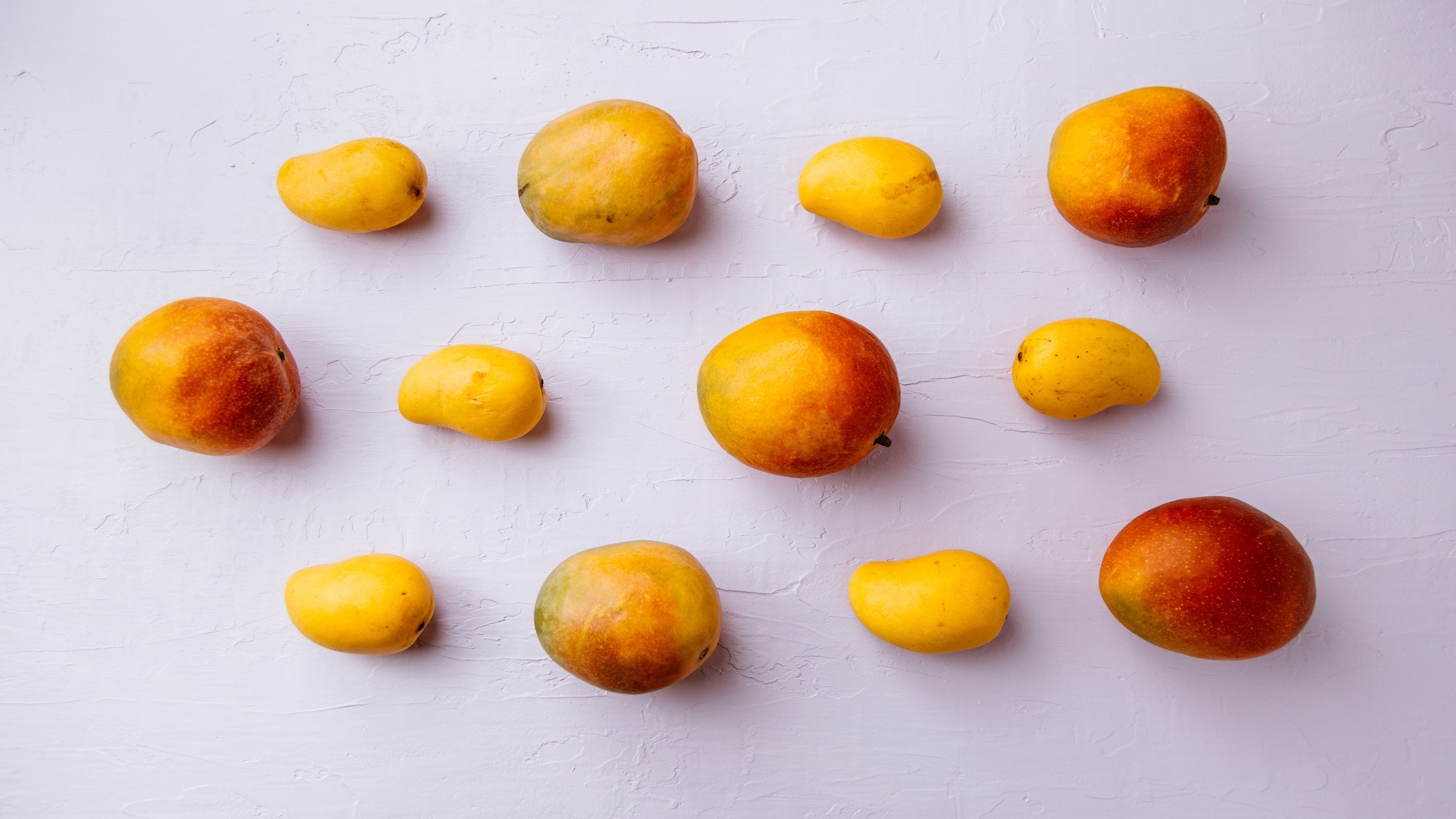Dine
The New Nutrients
Toby Preston gets activated while probing the latest food trends, from the probiotic to the mildly erotic, he finds keeping up with gastronomic fads and fashions almost impossible.
December 14, 2019
Pacific Island Living
December 14, 2019I admit to having fallen victim to the odd food fad, and even some very odd food fads but as I mostly eschew those Instagram and Pinterest feeds that feature food that’s been assembled by graphic designers I usually stick to things that are actually edible. Things that claim a few health benefits to offset my excessive wine and protein intake, so the man who lives on lard and cabernet sauvignon has tried probiotic kimchi, fibre-filled steel cut oats, the ‘functional beverage’ kombucha and seaweed salad among others.
But recently I keep encountering things that have been ‘activated’. From turmeric to charcoal to nuts – the nutrition nuts are advocating getting activated everywhere from your almonds and protein powders to your mattress topper and pillow and even your toothpaste. Yep, I’m using activated charcoal, black toothpaste to make my teeth whiter.
It’s becoming increasingly difficult to stay abreast of all the new nutrients and healthy, eco-friendly foodstuffs that are de rigueur among the newly ‘woke’ and mostly millennial consumers. For instance I didn’t even get to take up matcha tea which has to be whisked with a bamboo brush before I read that it is about to be supplanted by Moringa which is another powdered plant transformed into a superfood which needs to be steeped and drunk as tea. Guess I’ll just stick to peppermint tea, although it’s hard to pass up on 27 vitamins and 46 antioxidents plus essential amino acids reputedly crammed into a cup of Moringa.
It’s not called Instagram for nothing Among other supermarket superfoods making claims to any number of miraculous health benefits ranging from cancer prevention to impotence improvements are a lot of exotic berries, seeds and plants. Goji berries, açaí berries, chia seeds or spirulina, which is an algae extract often used to add a bit of colour to ‘mermaid’ foods which is yet another Pinterest and Insta-worthy sub group of wacky polychromatic cuisine.
Indeed mermaid foods are threatening to upstage unicorn fare according to aficionados, so once again you have to be quick or you’ll miss it – it’s not called instagram for nothing!
But what exactly are you missing? If you are a child (or suffering from arrested development, or a Starbuck’s customer), in the case of ‘unicorn’ creations it could be anything from multi-coloured rainbow bagels or variegated sushi with red and blue rice or even more distressing the multi coloured pizza with a topping of icing, sprinkles and fairy floss – appetising! Whereas mermaid food, also for the littlies is slightly less vivid, concentrating on its namesake’s ocean environment it seems to stick to shades of blue and green thanks to lots of spirulina. It can be as seemingly mundane as crab sandwiches made with croissants with any kind of filling but with the addition of eyes on toothpicks so that they vaguely resemble a crab.
But it can also feature all sorts of ‘butters’ in the full colour spectrum as well as an even fuller spectrum of health claims like this one for Fairy Butter which contains ‘slow-churned coconut flesh + ripe, juicy strawberries + ibidoenhancing maca = the sexiest coconut butter alive. Perfect for fairies and humans alike’. Not that those properties should be promoted to the kiddies.
So, after kale and kombucha (tea fungus and tastes like it), seaweed and marine munchies, what’s next? I’m thinking everything that’s faux food; for instance meatless meat products, milkless milk drinks and fishless seafood. And we’re all aware of the vegan trend to burgers made from soybeans, tofu, nuts and grains and something called mycoprotein, a ‘single cell fungal protein’ which leaves me wondering where’s the beef? Then there are all those lactose alternatives for making milk without having to wrestle a cow’s udder – soy milk, coconut, quinoa, cashew, and hemp milk for those who don’t know how to roll a joint.
Seafood hasn’t been ignored by the faux food brigade with the arrival of puffed water lily seeds, kelp noodles and a plant-based tuna alternative made with algae. And while we’re down there (in the water that is) let’s not forget the Pacific’s own trending culinary creation – poke, (pronounced poh-kay) which is commonly attributed to the Hawaiians but in fact is part of a wider Polynesian cooking tradition with links to Kokoda in Fiji, ika mata in the Cook Islands and oka in Samoa. There’s nothing fake about poke, the name simply means to slice or cut into pieces which explains the diced raw fish (usually tuna) which is the base of this bowl-borne dish.
The good news is that poke isn’t the only regional gastro fad, American chain Whole Foods Market has just put Pacific Rim Flavours at the top of its trend predictions list. So, being at the centre of all things Pacific we’re in the right place for the next big incredible edible. Get out your guavas, coconuts, pineapples and dragon fruit plus all the seafood you can eat along with your Asian fusion spices and Indonesian curries and you won’t have to activate anything other than your taste buds. Real foods rule!
© 2024 Pacific Island Living Magazine all Rights Reserved
Website by Power Marketing